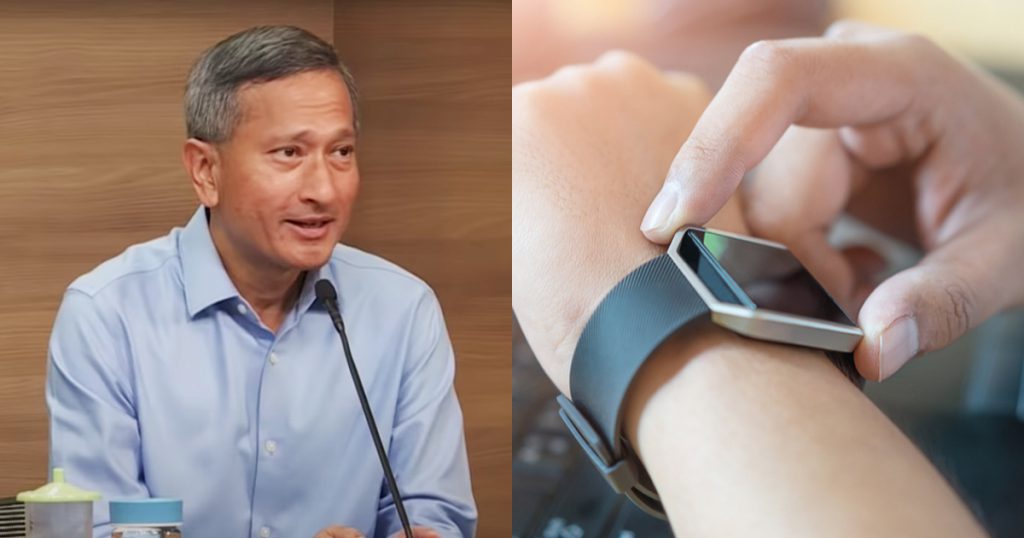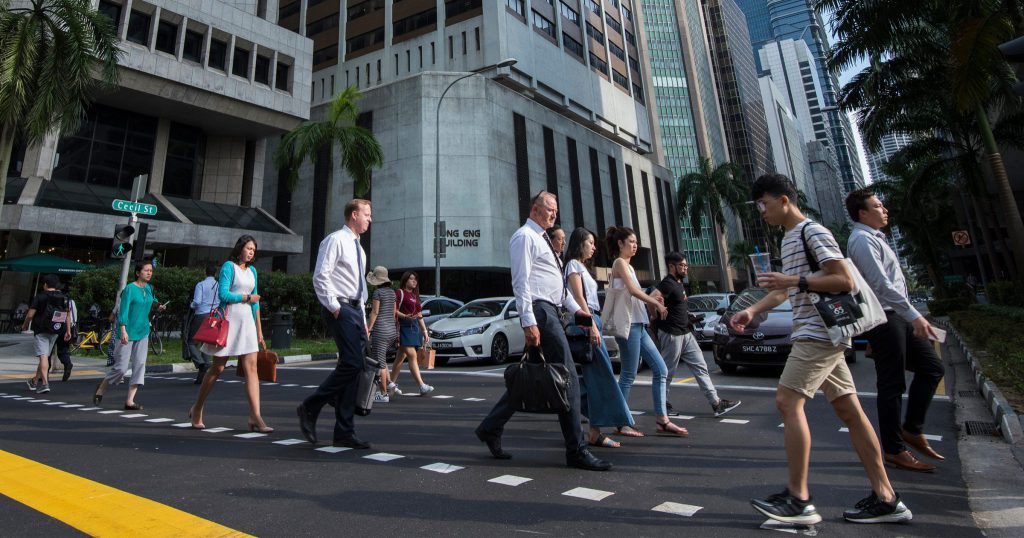[Update 9 June]
The proposed wearable contact tracing device announced last Friday has drawn a significant amount of concern from Singaporeans who are worried that it will erode their privacy.
In response to these concerns, Minister Vivian Balakrishnan explained how the device works during a multi-ministry task force press conference yesterday (8 June).
Called the TraceTogether Token, it will not be an “electronic tag”, he said. The device does not have GPS, mobile telephony, or internet connectivity — which means it has no ability to track anyone’s location or movements.
As its name implies, it will work the same way as the current TraceTogether app, using only Bluetooth signals to identify instances when two users come into close proximity.
All logs of contact between users will be encrypted, and will be automatically erased after 25 days.
Dr Balakrishnan added that the new wearable device will first be rolled out in the later half of June, with priority for people who do not own a mobile phone.
It may then be issued to all people in Singapore.
As more work and activities gradually resume after the circuit breaker, stepping up contact tracing is even more crucial to swiftly identify people who have been in close contact with Covid-19 cases.
—
The Smart Nation and Digital Government Group (SNDGG) is exploring a wearable device that may become Singapore’s new method for contact tracing.
Dr Vivian Balakrishnan, the Minister-in-charge of the SNDGG and Minister for Foreign Affairs, announced this in Parliament on 5 June.
While no other information has been revealed about the devices, they may be issued to all Singapore residents if tests show that they work well.
In March, the Government Technology Agency (GovTech) and Ministry of Health (MOH) launched the TraceTogether app to ramp up contact tracing efforts.
Using Bluetooth signals to log incidences when users come into proximity with one another, the app’s data can supplement gaps in memory if an infected person has forgotten who they have been close to.
Migrant workers have been required to download and use the latest version of the app.
However, only about 1.5 million people in Singapore — or a quarter of the population — have downloaded the app.
The ideal proportion of users needed to ensure that the app works effectively is about three quarters of the population.
Dr Balakrishnan addressed questions about whether the TraceTogether app should be better utilised, such as by educating people who need help with the technology, or making it compulsory for all.
One of the key issues with TraceTogether is that it doesn’t work well on iPhones.
Apple’s iOS suspends the function of Bluetooth scanning when the app is running in the background, thus requiring TraceTogether to always be on.
Despite “repeated discussions at both the technical and policy level with Apple”, there has not been a satisfactory solution.
“Because TraceTogether does not work equally well across all smartphones, we have decided therefore, at this point in time, not to mandate a compulsory use of TraceTogether,” said Dr Balakrishnan.
Featured Image Credit: Altium Resources











